Words Vidula KotianDate 20 May 2020
He was addressing the age-old dilemma of whether art is imitating life or vice versa. In the case of most of the following 10 hotels, however, life is definitely imitating art. Through the ages, architecture has parallelly expressed the conceits of an art movement in brick and mortar.
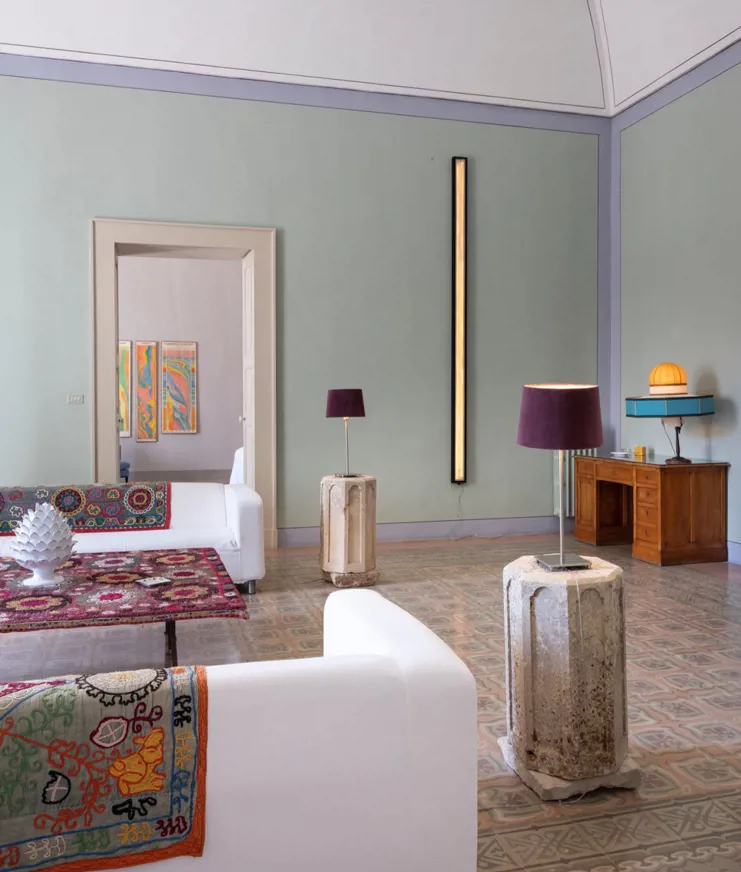
Columns from the 150-year-old palazzo have been repurposed to stands
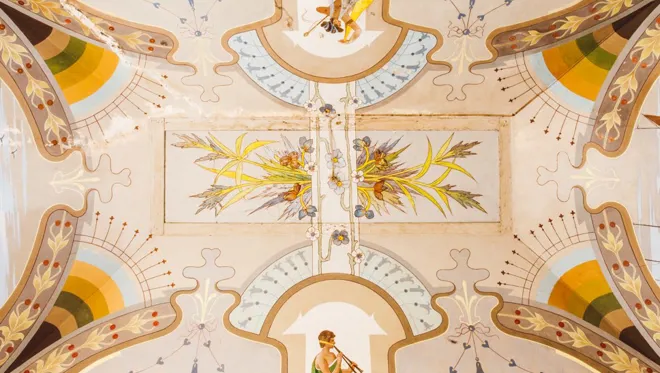
Original frescoed ceilings depicting religious figures
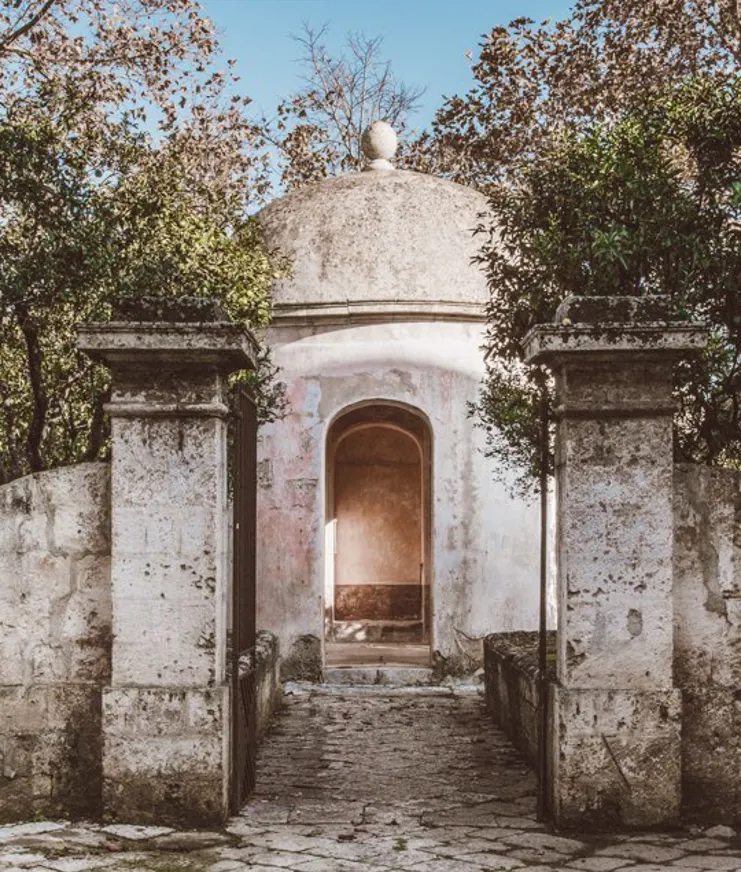
Palazzo Daniele's painstakingly restored 19th-century chapel
In the hot spot destination of Puglia, on the heel of Italy’s boot, where the Adriatic meets the Ionian Sea, is an ode to the style’s penchant for beauty—namely, Palazzo Daniele. This aristocratic palace built in 1861 turned nine-suite guesthouse blends High Renaissance architecture with edgy art. The palazzo’s soaring frescoed ceilings depict religious figures or everyday citizens, highlighting the artists' key concerns in presenting pieces of visual, symmetrical, and compositional perfection. The exquisite property, which includes courtyards and an orangery, features original mosaic floors and materials such as pietra serena (a type of sandstone used at the time).
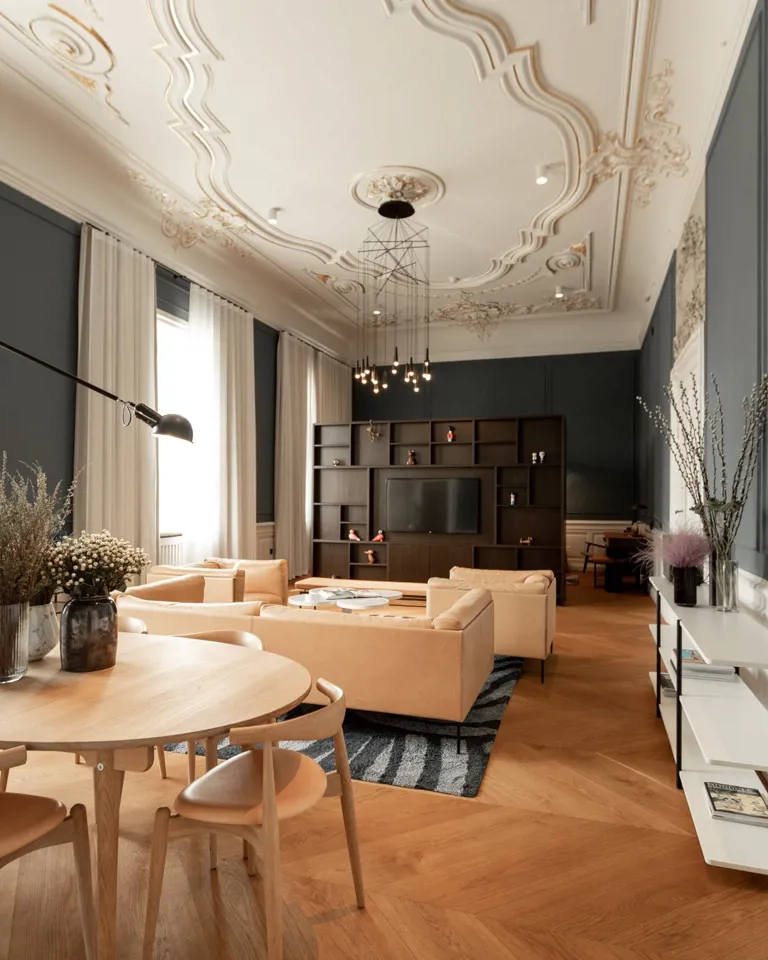
At the end of the 19th century, every self-respecting city erected a grand hotel, which in this case served as the bones for Nobis Hotel Stockholm
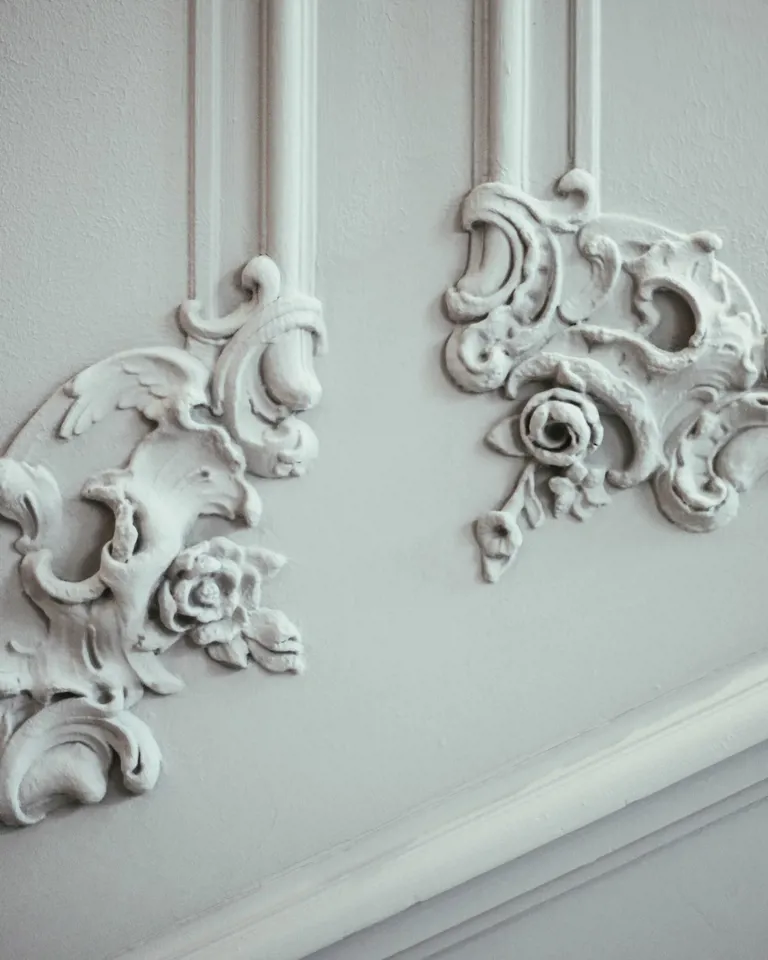
An armada of Italian stucco carvers were invited to create lasting design
A lush visual language, grand staircases and columns, and lofty beamed ceilings are classic hallmarks of the Baroque style. A pivotal example of this design is the cathedral-like lounge of the Nobis Hotel Stockholm with soaring ceilings topped by two glass domes. The dome was one of the central symbolic features of the architecture, illustrating the union between the heavens and the earth.
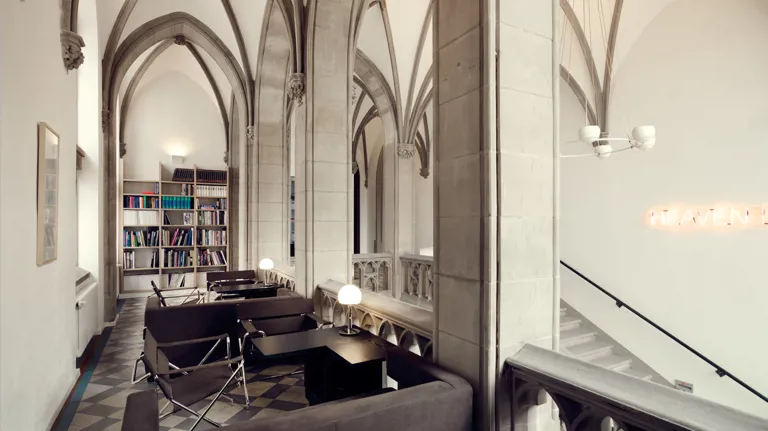
Much of Qvest's Neo-Gothic architectural frame was left intact
At The Qvest in Cologne, the Neo-Gothic property built in 1897 once housed the archive of the German city and still showcases the soaring vaults that dwarfed its 19th-century visitors and bathed them in “divine light”, thanks to its huge glass windows. The largely ornamental style of the paintings inspired the elaborate tracery found in the architecture. The revival of the Gothic style during the Romantic revolution can be traced to a heightened religious fervor and popularity of Gothic tales and romances set in medieval times.
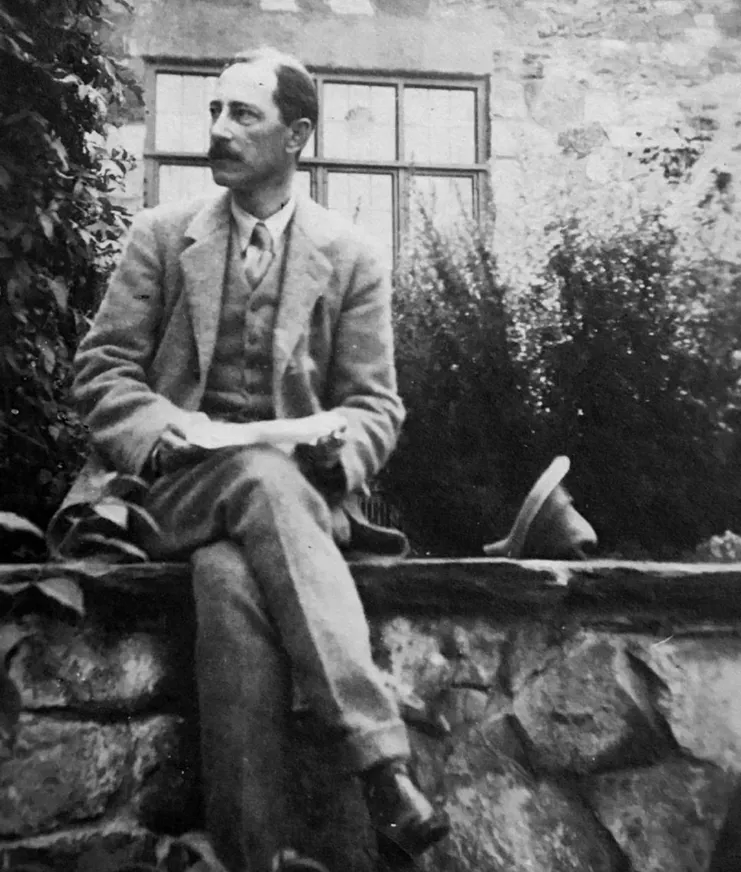
Troutbeck once served as an important creative retreat and literary salon
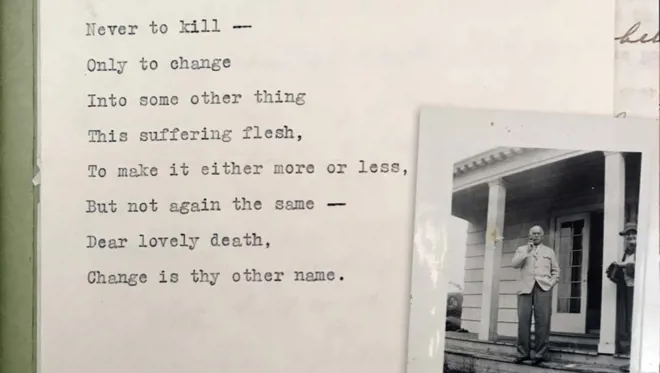
A poem by Langston Hughes who was a regular resident at Troutbeck
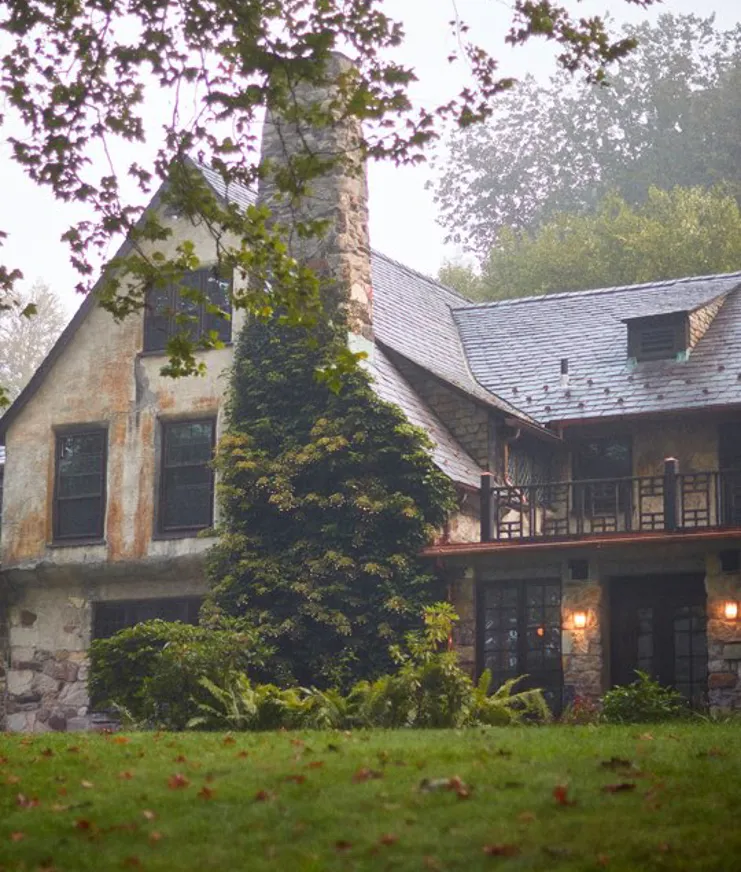
The property was originally settled in the mid-18th century by the Benton family
Located in the tiny town of Amenia in the bucolic Hudson River Valley, the property now known as Troutbeck was originally settled in in the mid-18th century by the Benton family, whose cadre of friends included Henry David Thoreau, Ralph Waldo Emerson, and numerous other prominent poets, naturalists, and artists of the era. Informed by elements of Romanticism and Realism, Naturalism was one of the first movements in modern art to give expression to nationalist and regionalist sentiments. The artists tethered their aesthetics to particular locations: often rurally located, and always ones with which the artists were deeply and intimately familiar.
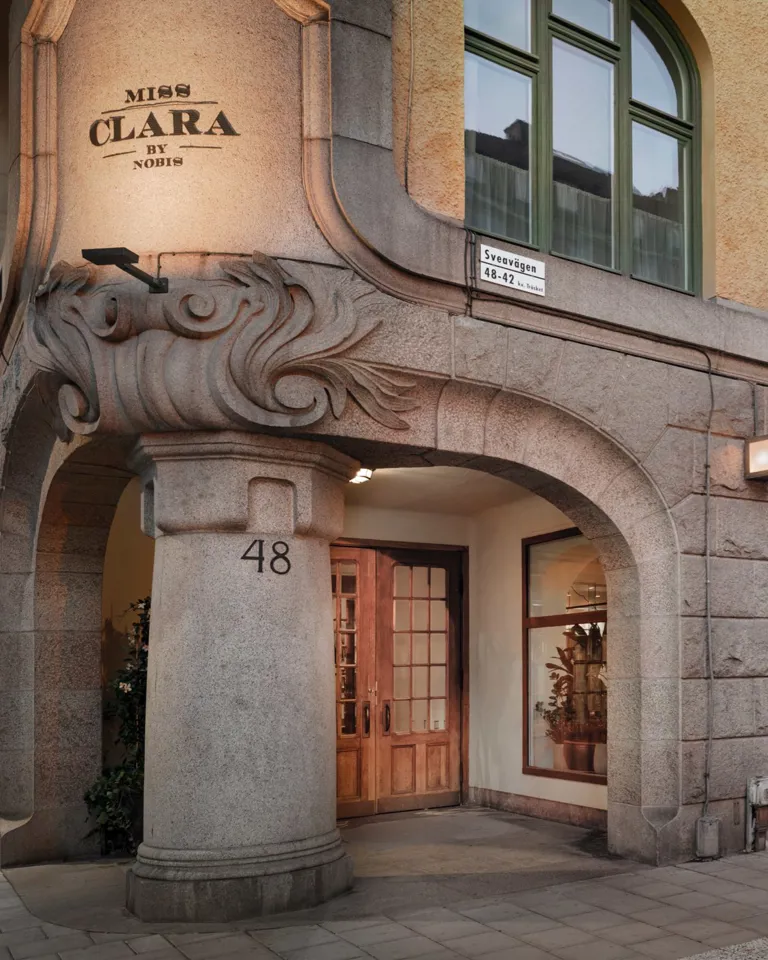
One of Stockholm’s most treasured Art Nouveau buildings
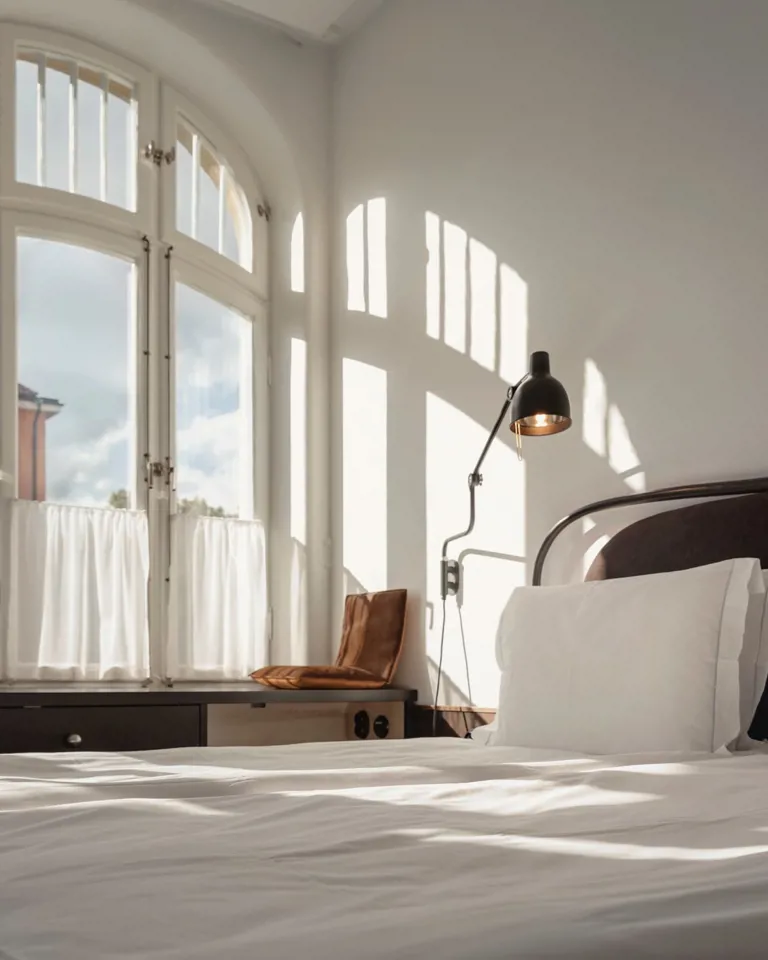
Arched windows let the natural light illuminate interior spaces to create airy atmospheres
Art Nouveau attempted to get away from the excessive ornamentation of previous styles. Its practitioners evolved a belief that the function of an object should dictate its form—an important legacy that inspired the later modernist movements, especially Bauhaus. Artists drew inspiration from both organic and geometric forms and emphasized linear contours that took precedence over color; usually represented with hues such as muted greens, browns, yellows, and blues. A stellar example of this style is Miss Clara by Nobis, housed in one of Stockholm’s most treasured Art Nouveau buildings. Built in 1910 as a girls’ school, the building still boasts high ceilings, a wide imposing staircase, and stone floors from the last century.
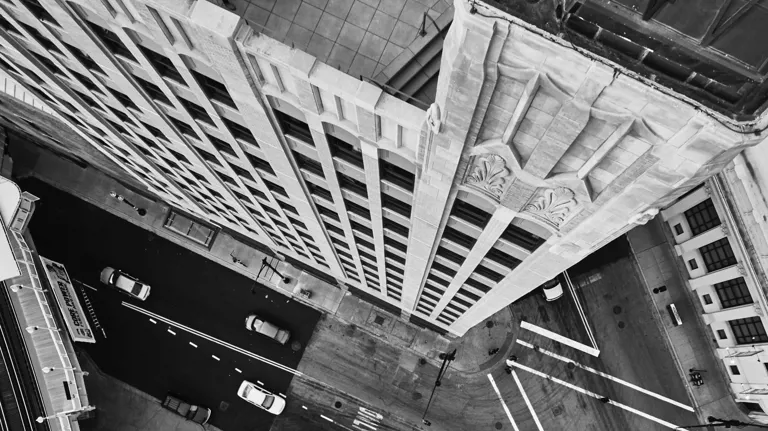
A picture of architectural synergy, The Robey is part-warehouse, part-Art Deco landmark
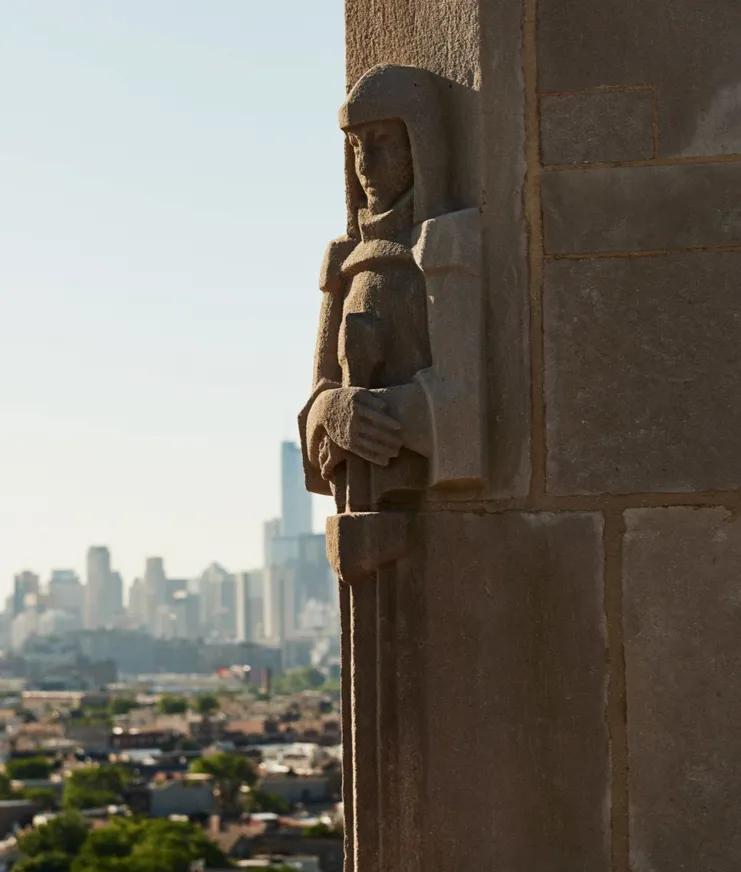
The 1929-built Coyote Building
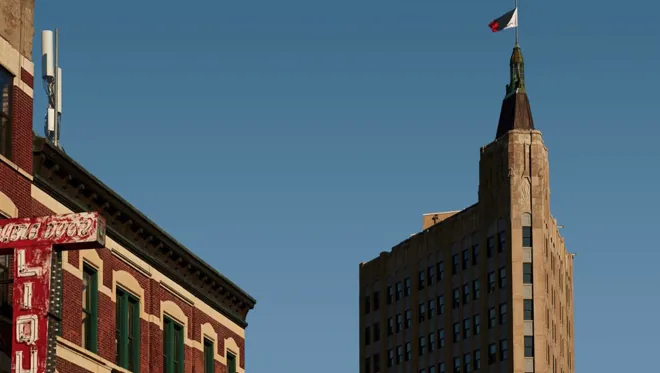
One of The Robey's two buildings is a triangular neighborhood landmark
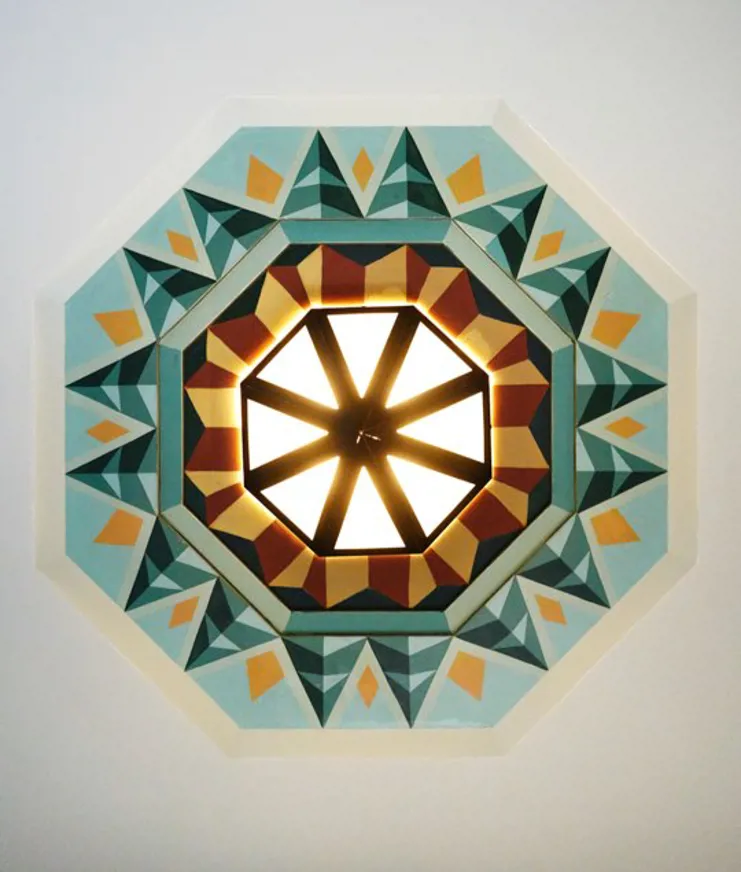
Art Deco is symbolized by symmetrical, geometric, streamlined works
Over in Chicago, The Robey occupies two distinctly different landmark buildings, including a limestone Art Deco structure built in 1929. One of the tallest buildings in the area, its triangular prism shape features decorative panels highlighting the period’s most recognizable features. A movement that started in Paris, Art Deco is symbolized by symmetrical, geometric, streamlined, often simple works that are pleasing to the eye. Streamline Moderne, the U.S. version, was a stripped-down and sleek version of the more elaborate and often bespoke European style. In many ways, the American style grew and evolved to have a much bigger following.
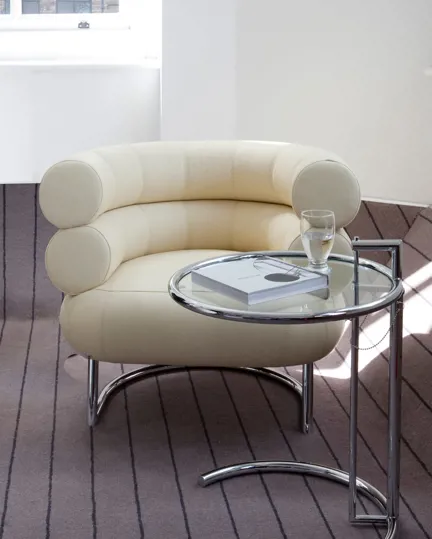
White leather Bibendum chair (1926) by Eileen Gray at Boundary London
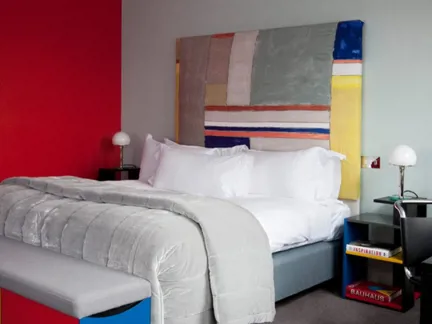
The Bauhaus room showcasing a Marcel Breuer chair and a Wilhelm Wagenfeld lamp
Immersed in East London's thriving gallery scene, Boundary London celebrates, among other modern movements, Bauhaus—arguably the single most influential modernist art school of the 20th century. The Bauhaus was influenced by 19th and early-20th-century artistic directions such as the Arts and Crafts movement, as well as Art Nouveau and its many international incarnations, including the Jugendstil and Vienna Secession. The Bauhaus' most original and important achievement was its stress on uniting fine art and functional design, creating practical objects with the soul of artworks. In the Bauhaus room at the Boundary, Sir Terence Conran has not only used the school’s color palette but also original furniture by Marcel Breuer, Wassily Kandinsky, and Wilhelm Wagenfeld.
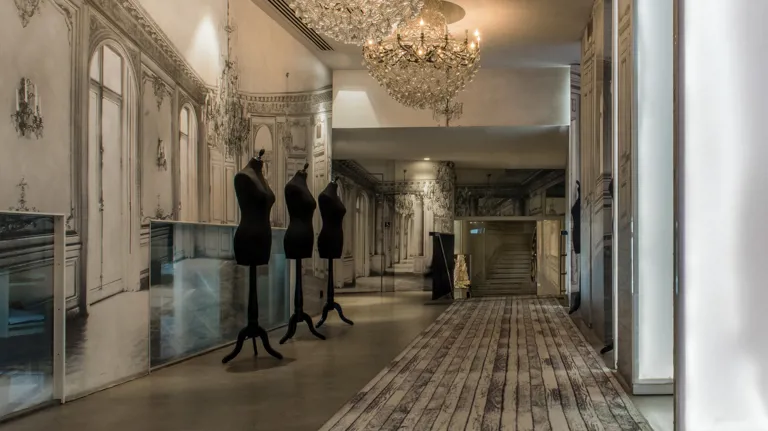
La Maison Champs Elysées' interiors play with proportion and perception
Reality blends with surreal style at La Maison Champs Elysées in Paris’ Golden Triangle. Maison Margiela plays with visual trickery and inspiring, imaginative touches to decorate the suites such as highlighting the ceiling above the Deluxe Couture suite bed with three squares of painted light, giving the illusion of sunlight streaming in from the adjacent windows. While the imagery is probably the most recognizable element of Surrealism, it is also the most elusive to categorize and define. At its most basic, the scenery is meant to jolt the viewer out of their comforting assumptions.
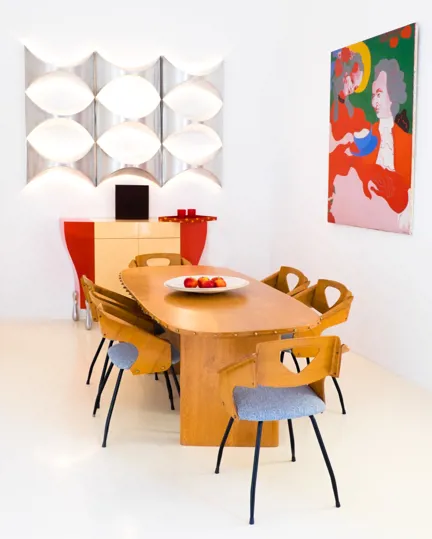
Each of Domaine des Andéols' villas is inspired by an artwork, color, or theme
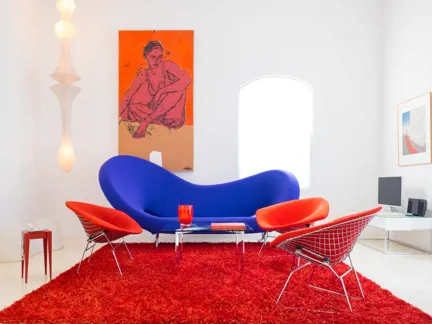
Maison du toujours with Mies van der Rohe furnishings
At Domaine des Andéols, located just one hour from Avignon, clean lines, bold geometric spaces, and an evocative pop art collection reframe Provence. Each of the property’s 19 villas is inspired by an artwork, color, or theme such as Maison du toujours where Mies van der Rohe furnishings provide a comfortable viewpoint to appreciate art depicting the female form. The defining cultural thrust of the 1950s-60s, pop art moved away from traditional "high art" themes of morality, mythology, and classic history; but rather, celebrated commonplace objects and people of everyday life, in this way seeking to elevate popular culture to the level of fine art, thereby, bringing us full circle to art imitating life.